Your Caravan Chassis: Maintenance
On modern caravans, galvanised chassis don't require a lot of care or maintenance, but John Wickersham reveals what upkeep and preservation you should consider
What is so special about a modern chassis?
Like many ingenious inventions, the principles followed by lightweight chassis designers are simple. Admittedly the use of computer calculations to verify their performance is more complex but let's keep to the simple details.
We all realise that a sheet of typing paper is easy to flex – until it's rolled into a tube. That increases its rigidity, its bending resistance and so on. Manufacturers use similar principles when they form axle tubes.
As regards lightweight chassis side members, these are not tubular, but the all-important fold backs on the upper and lower edges give the sheet metal material a massive resistance to flexing forces.
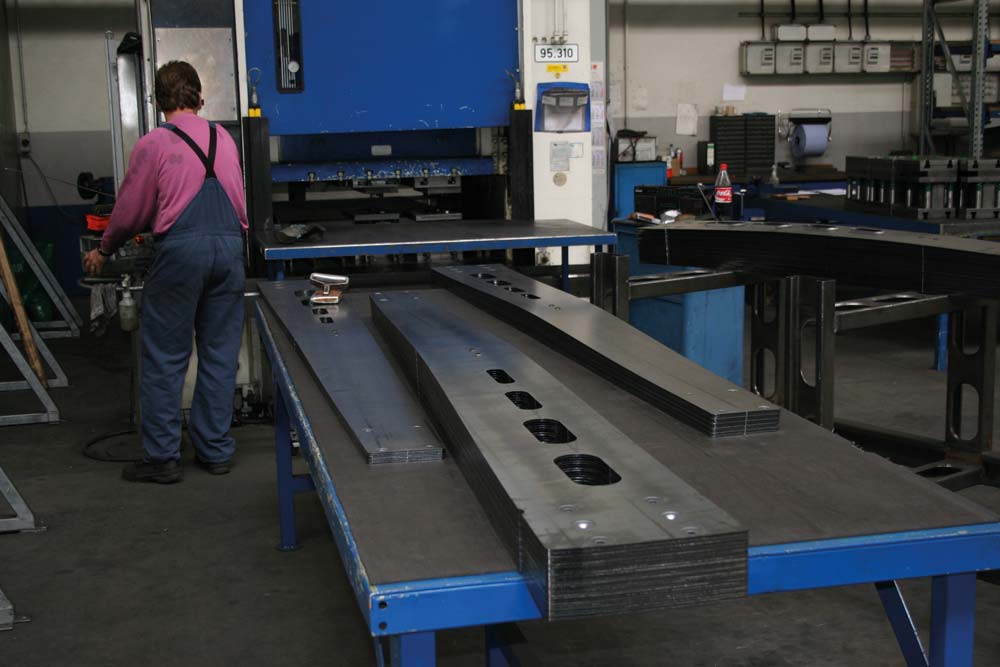
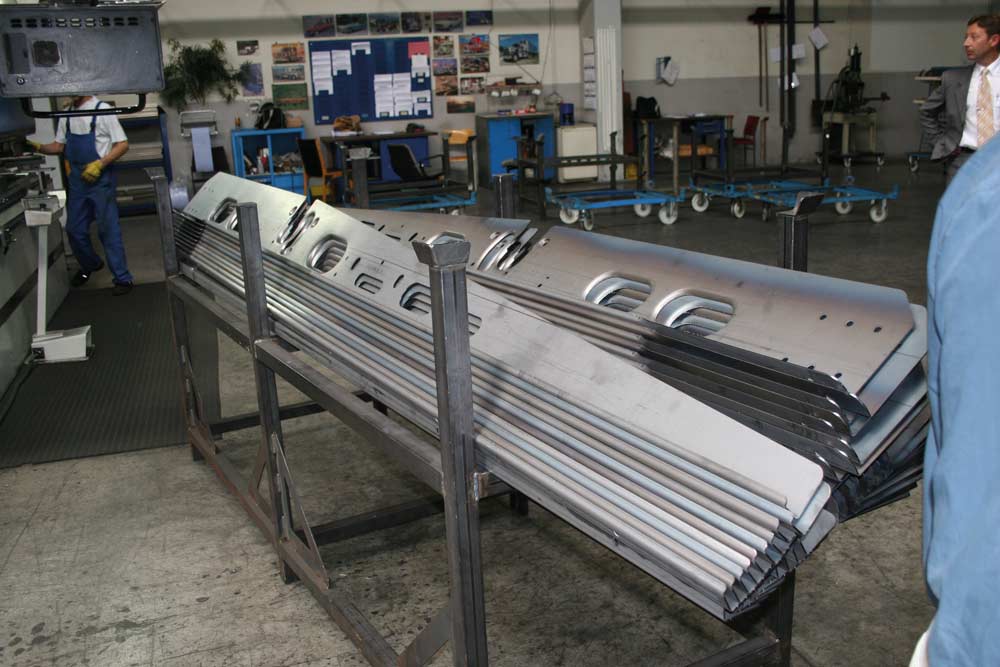
Punching apertures along a steel member reduce its weight but lessen its strength as well. So each aperture also has a fold back around its perimeter to maintain the rigidity, too.
Chassis geometry
Then there's a matter of geometry. On old-style chassis, you can strengthen the ‘A' frame that gets linked to the tow hitch by a welded cross member that coincides with the front wall of the caravan.
As a caravan proceeds along poor road surfaces, the pitch and toss of towing can often break the welding points where the cross member meets the A-frame members. That doesn't happen on a modern chassis because its only cross member is the axle tube (or twin axle tubes).
If you look at the inner longitudinal chassis members on an AL-KO or BPW chassis, they also run in a continuous straight line all the way from the coupling head to the outermost ends of the axle tube.
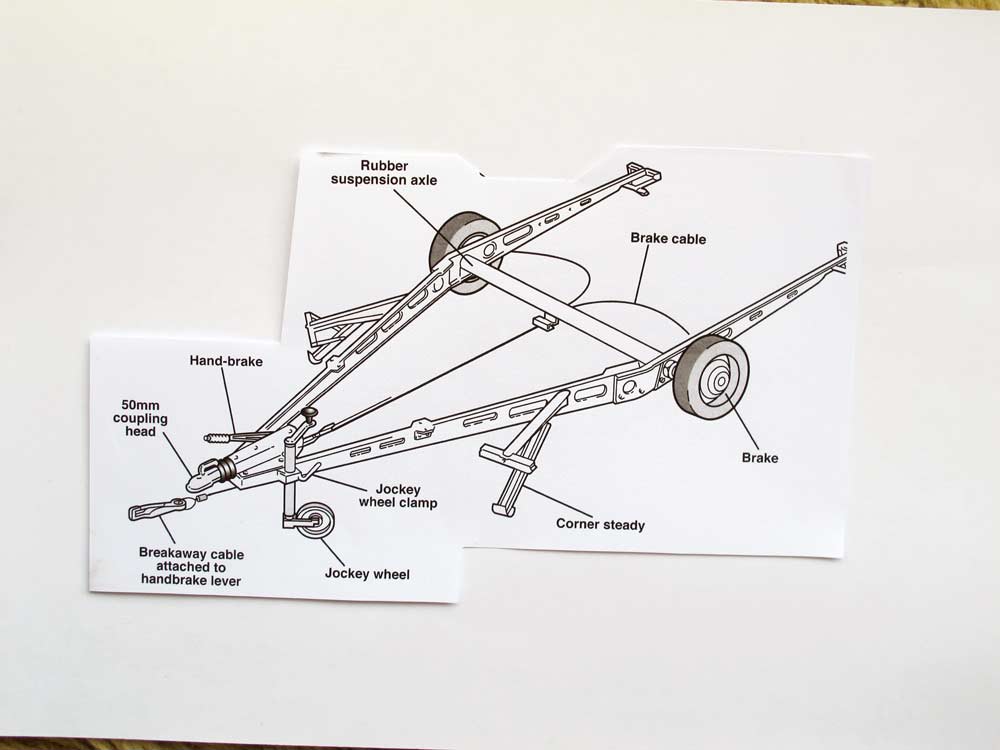
That ensures that the pulling force from a towcar's towball transfers directly to the extreme ends of a caravan's axle. You don't need a degree in physics to appreciate the wisdom of this arrangement.
Add these points together and the principles behind today's chassis designs don't merely save weight, they maintain strength as well.
However, you must never elevate a modern caravan by placing a jack under a side member.
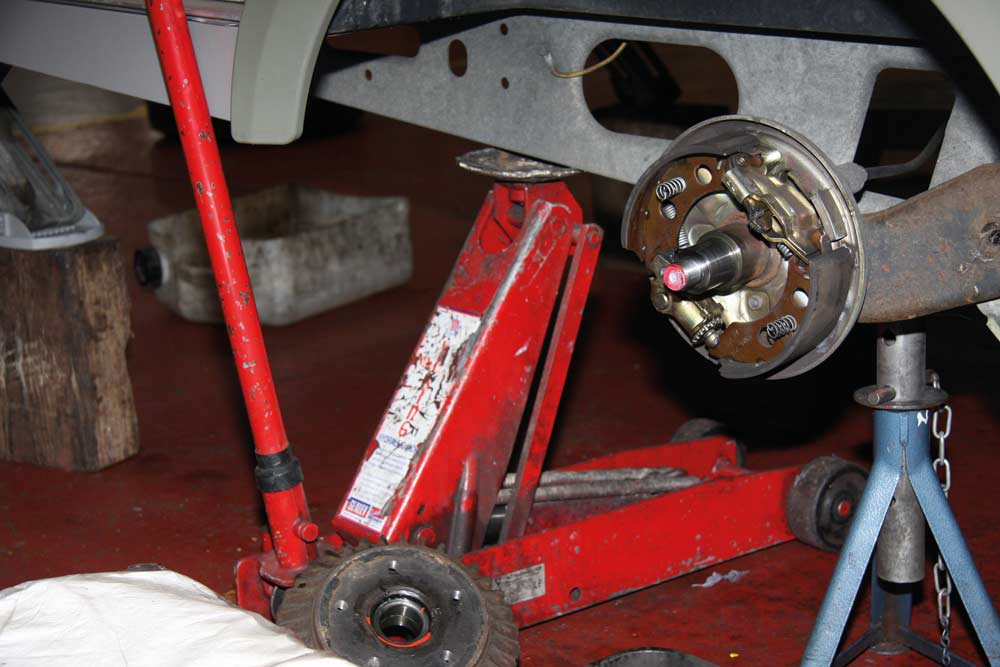
That can easily cause damage and it's a disgrace that some service workshops completely disregard this warning.
Both AL-KO and BPW make the position quite clear, and if you don't have a factory-fitted side jack, you normally have to place a portable jack at the outermost ends of the axle tube. Always check the manufacturer's instructions.
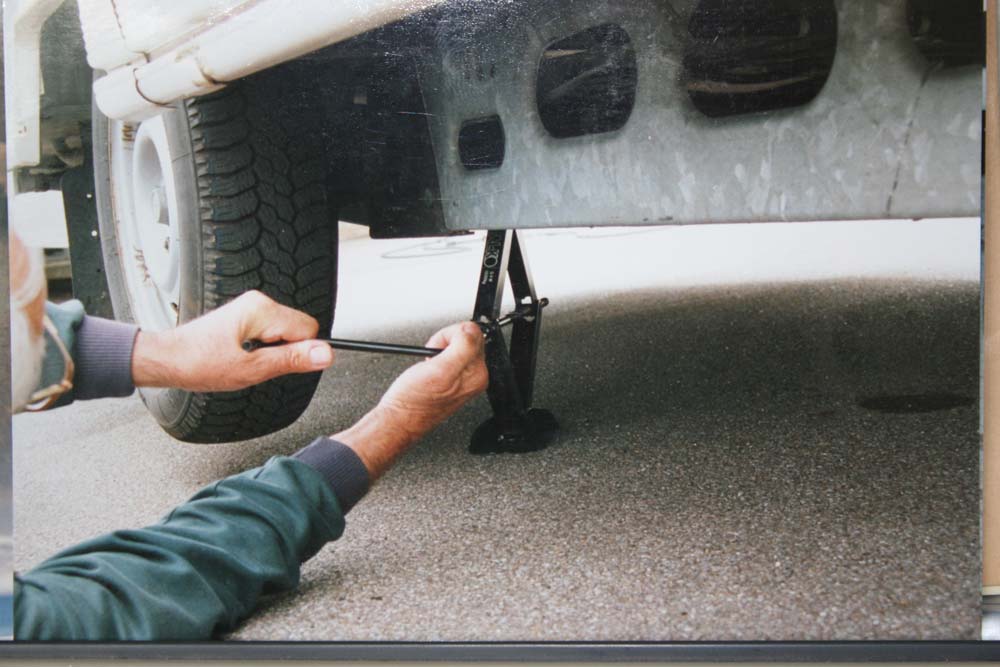
Technical Tip
Painting galvanised chassis
Although the battleship grey colour of a chassis is scarcely attractive, never apply paint to a galvanised surface. That's because moisture sometimes gets trapped between the galvanised finish and the subsequent layer of paint, which increases the chances of corrosion.
Technical Tip
Galvanising benefits and maintenance
Caravans nowadays are built on a galvanised AL-KO or BPW chassis fitted with related running gear. The advantage of these galvanised products is the fact that they're virtually maintenance-free. Of course, you'd be wise to brush away any excessive accumulations of mud, but that's all you typically need to do.
Technical Tip
Wet storage stains
A galvanised finish soon changes from its original shiny silver look to a dull grey. When the conventional curing process brings about this colour change, you sometimes find localised patches which look unpleasant.
Experts often refer to these marks as ‘wet storage stains', and they sometimes appear if a new caravan when driven in cold weather on wet, salted roads.
Stains can similarly develop during a prolonged parking-up period – particularly if something hinders air from circulating a caravan's moist underside.
For instance, poor air movement sometimes occurs if there are a deep front spoiler and extended side skirts. Add a caravan cover, and you reduce the air circulation under the floor even more.
Although these stains might look unsightly, they do NOT cause a chassis to deteriorate prematurely. However, if you want to take action, they can usually be removed with a stiff nylon brush.
You will also find that they're less prevalent after the zinc coating on a new chassis has reacted with the atmosphere and acquired its final dark grey character.
Technical Tip
Dealing with surface abrasion on a galvanised member
A brush against a kerbstone or a prominent rock might expose bare steel if the surface coating of a chassis member gets damaged. But don't worry! It happens to us all, and a competent DIY owner (or workshop technician) can respond by applying a cold galvanising compound over the damaged area.
These compounds typically consist of a binding liquid containing granules of zinc held in suspension.
You usually apply the products with a brush. After that, the binder evaporates, thereby leaving zinc particles behind on the surface.
DIY superstores and auto accessory shops often sell these treatments. You'll also find them in Builders' Merchants because ‘cold galvanising' compounds are often used to treat wrought iron gates and fences.
You should replace severely damaged, and bent chassis members.
Technical Tip
Galvanic Corrosion
Certain combinations of metals when in contact (especially if you add water) are affected by galvanic (or bimetallic) corrosion.
The possibility of corrosion means you should take care when fitting any accessories or fixings to your galvanised chassis, e.g., motor movers, as zinc is highly anodic and likely to corrode.
Aluminium and zinc are close to each other on the corrosion scale, and therefore the reaction with these two metals is minimal. Barrier greases can be used to keep two active metals apart.








Recent Updates
Caravan showers: all you need to know
In this guide, we’ll discuss the different types of showers, how they work, and how to fit an external shower point to your caravan ...
Caravan towing: all you need to know
Towing a caravan may seem daunting initially, but a few simple tips can make the journey enjoyable and ...
All you need to know about towbars & towballs
Flange, detachable, swan neck, retractable – towbar technology choice is bewildering. Don’t worry. We’ll ...
Caravan WiFi: everything you need to know
Caravan holidays are the ultimate way of getting away from it all, although we sometimes need a link to the ...
Caravan insurance: all you need to know
Navigating the world of caravan insurance can feel like a daunting task. Fear not, as this comprehensive ...
Buying a caravan: what you need to know
Let us guide you through some of the complicated things to think about when first looking at buying a ...
Caravan awnings: a buyers' guide
Caravan awnings are a fantastic addition to any caravan as they are one of the simplest, quickest and most ...
Caravan electrics: avoid tripping out
All caravan owners have overloaded their mains supply at some time. Here’s how to master caravan electrics ...
Caravan heating systems: a quick guide to caravanning warmth
When winter is here, you’ll be glad of a decent caravan heating system if you’re out touring. Here’s how the ...
Caravan damp: a complete guide
There's little more guaranteed to strike fear into the heart of a caravan owner than the word 'damp'. But if ...
Other Articles
Caravan jockey wheels: the definitive guide
A well-functioning caravan jockey wheel can make all the difference to manoeuvring away from the towcar, especially if you don't have a caravan mover ...
Caravan cooking recipes
Caravan cookery inspirational ideas. No need to stress out in the kitchen with these quick and easy ...
Caravan bike racks: a complete guide
Exploring the beautiful surroundings while on a caravan trip is undeniably one of the greatest joys of the ...
Caravan solar panels: all you need to know
Whether you dream of roaming off-grid or just fancy reducing your carbon footprint, fitting solar panels to ...
The ultimate guide to caravan layouts
Choosing the right layout or floorplan of your caravan is an all-important part of the buying process – find ...
A guide to seasonal caravan pitches
Our in-depth guide to finding and securing seasonal caravan pitches on your favourite campsite ...
Caravan weights and payloads: a quick guide
The terminology of caravan weight – MIRO, MTPLM, noseweight, kerbweight, payload, weight plate upgrade – is ...
The ultimate guide to caravan motor movers
Caravan motor movers: everything you need to know about remote control caravan manoeuvring ...
Caravan cleaning: All you need to know
Whether you’re taking the caravan out for the first time or it’s just in need of a spruce up, our guide will ...
18 essential items for camping with your dog
Camping is for the whole family – including our four-legged members. Here's what you'll need to keep your dog ...